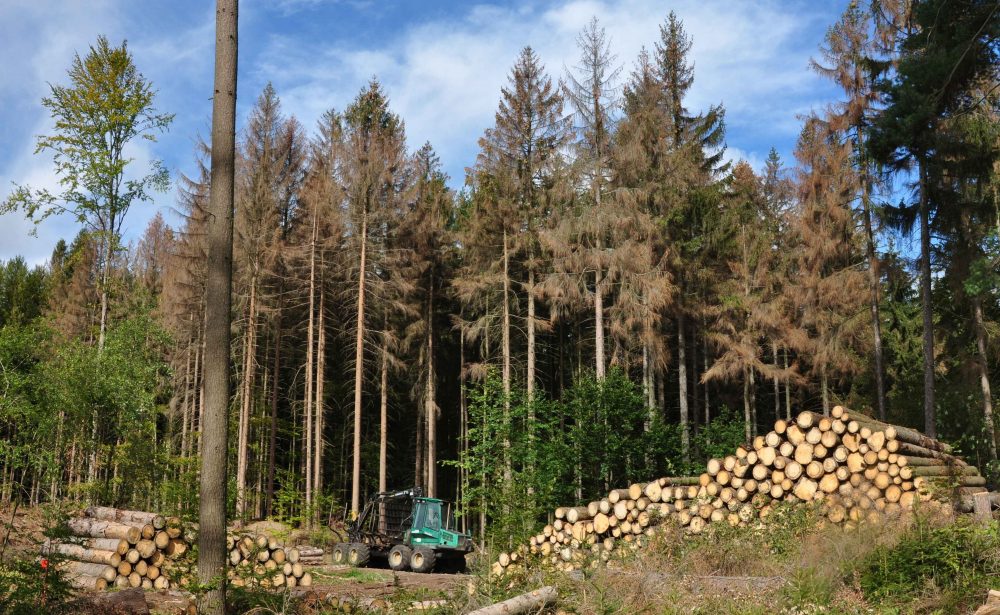Session 1: Current State and Close Future of Bark Beetle Infestation in Central Europe
 Most damage by bark beetle started and occurred in the territories with very low precipitation. Enormous reproduction due to multiple generations of bark beetles, particularly Ips typographus, occurred, e.g. 3 – 4 generations in 2018. Late and insufficient processing of bark beetle infested wood, together with other general reasons, complemented the difficult situation. In the extreme outbreak situation, even the tree species mixture was not able to prevent the attack; single spruces are found and infested by bark beetles. However, the “insurance effect” works in mixed stands as such areas are not totally deforested. The prognoses are not very promising – bark beetles will remain a major problem for forests for many following years.
Most damage by bark beetle started and occurred in the territories with very low precipitation. Enormous reproduction due to multiple generations of bark beetles, particularly Ips typographus, occurred, e.g. 3 – 4 generations in 2018. Late and insufficient processing of bark beetle infested wood, together with other general reasons, complemented the difficult situation. In the extreme outbreak situation, even the tree species mixture was not able to prevent the attack; single spruces are found and infested by bark beetles. However, the “insurance effect” works in mixed stands as such areas are not totally deforested. The prognoses are not very promising – bark beetles will remain a major problem for forests for many following years.
In order to make a synthesis from the presentations and discussion in the Session 1, we expect the speakers of individual countries to focus and answer more or less similar questions:
- How and when did the bark beetle calamity start? (Reasons for quick and disastrous expansion, means of geographical spreading of the calamity, possible changes in bionomy of the species, etc.)
- What is the current situation including the most recent general data of infestation volume and sanitary cutting (geographical range, participating bark beetle species, infestation of other tree species than N. spruce)
- How do different forest owners (private, state, municipalities, national parks) fight this problem? (protection methods applied and their effectiveness, government response, factors hindering effective management of the outbreak)
- What is the short- and long-term perspective?
